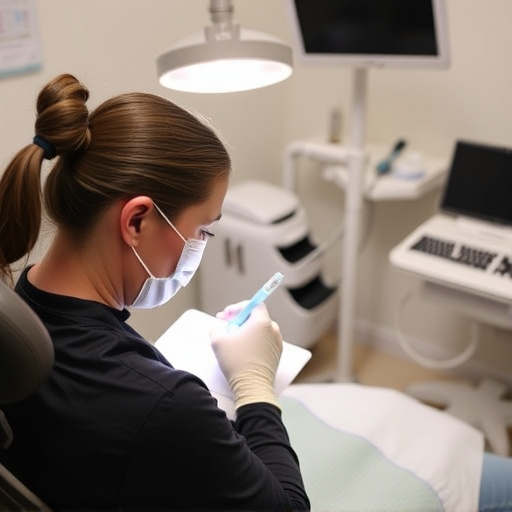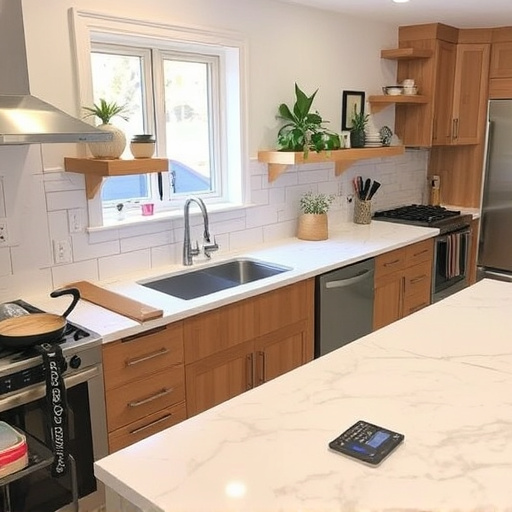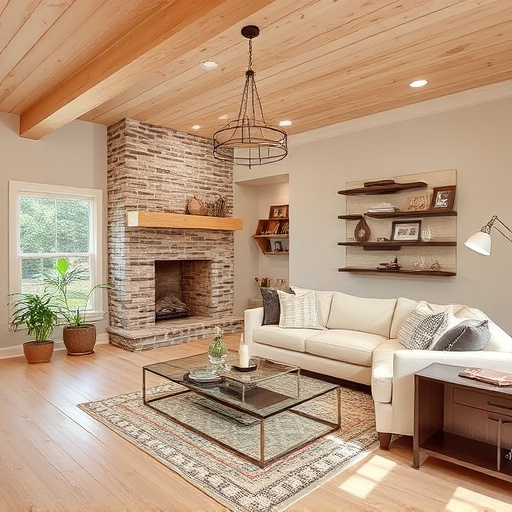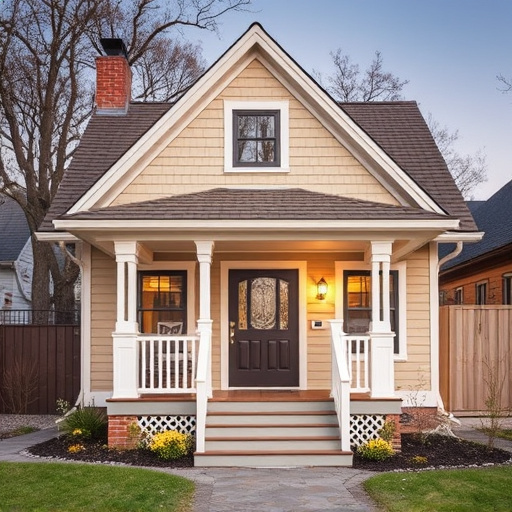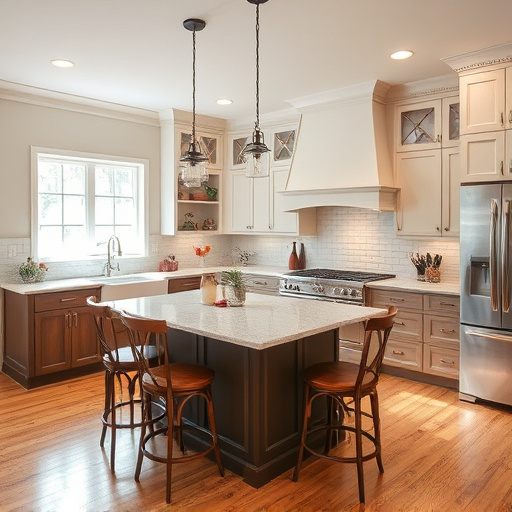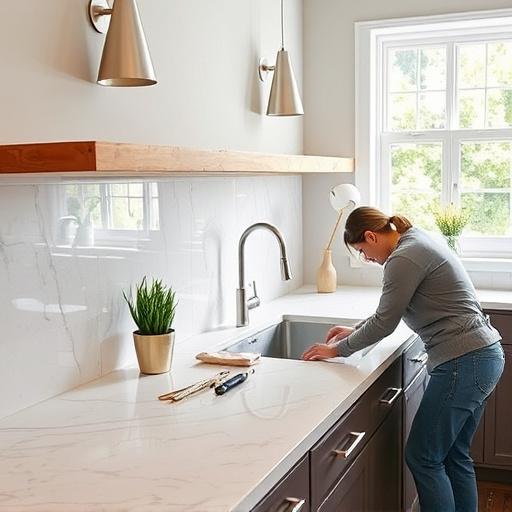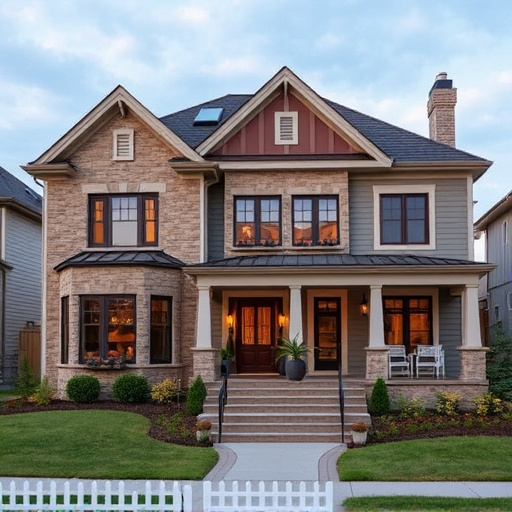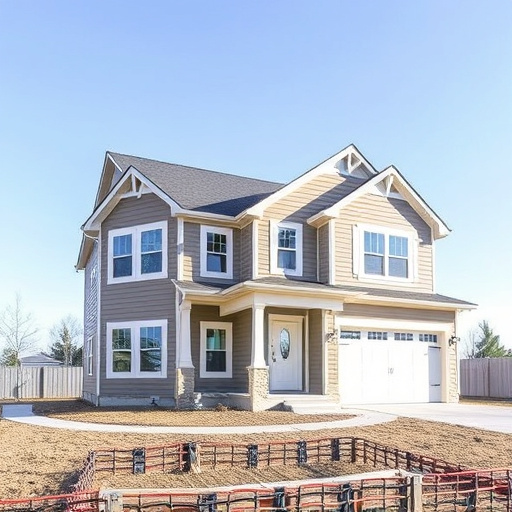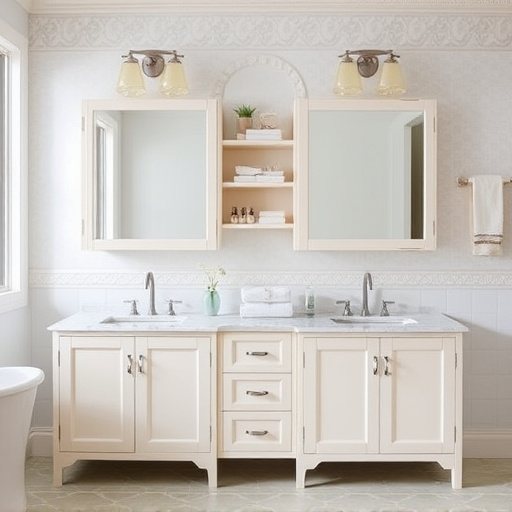A successful office remodel goes beyond aesthetics, focusing on human-centered design to enhance productivity, well-being, and collaboration. By understanding employee needs, optimizing space utilization, integrating ergonomic principles, and incorporating smart design elements like advanced technologies and optimized natural lighting, a remodel can foster community, support diverse work styles, drive job satisfaction, and increase overall productivity within the company culture.
Transforming your office space into a productive and inspiring environment is an art, especially when considering an efficient office remodel. This article delves into the core design principles that can revolutionize workplace dynamics. From understanding your team’s unique needs through a human-centered approach to maximizing every square meter, we explore strategies for optimal layout and ergonomics. Additionally, embracing technology as a key element ensures your space remains future-ready, catering to evolving work patterns.
- Understanding Your Team's Needs: A Human-Centered Approach to Office Design
- Maximizing Space Utilization: Layout and Ergonomics for Efficiency
- Incorporating Technology: Future-Proofing Your Workspace with Smart Designs
Understanding Your Team's Needs: A Human-Centered Approach to Office Design
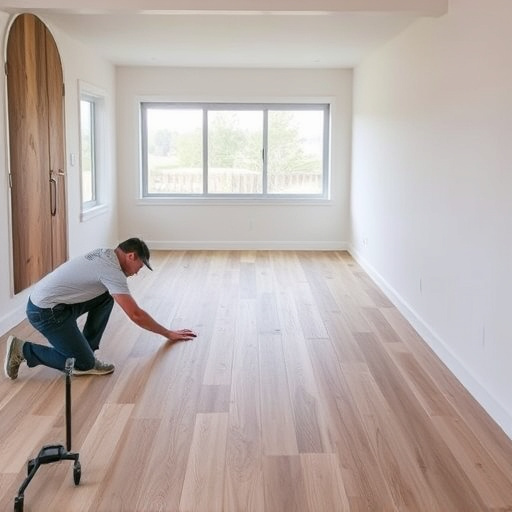
In an office remodel, a human-centered approach is paramount to creating a space that truly meets the needs and enhances the productivity of your team. Understanding how employees interact with their surroundings, from their daily tasks to collaborative activities, is key. This involves gathering input on what works well and what could be improved, taking into account individual preferences and ergonomic considerations for comfort and efficiency. A successful remodel should foster a sense of community, encourage collaboration, and support the diverse ways people work in modern offices.
By prioritizing your team’s needs, you move beyond a simple office remodel to creating an environment that promotes well-being, creativity, and overall job satisfaction. This human-focused design philosophy can transform the typical home renovation or whole house remodels into spaces where employees thrive, driving higher productivity and stronger company culture.
Maximizing Space Utilization: Layout and Ergonomics for Efficiency
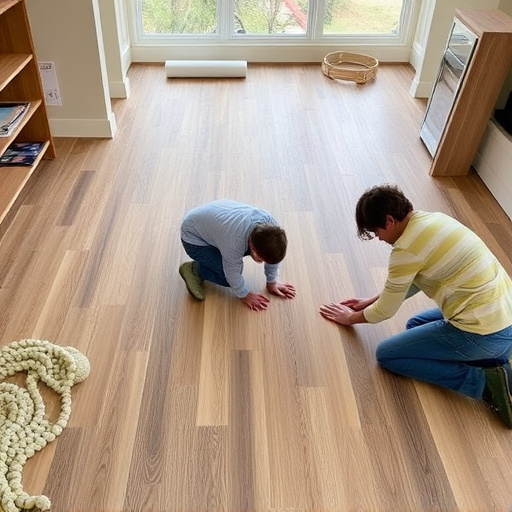
In an office remodel, maximizing space utilization is paramount to enhancing efficiency. The layout should be designed with a clear understanding of how employees will interact with their surroundings. A well-thought-out floor plan ensures that essential areas like meeting rooms, workstations, and common spaces are strategically placed to minimize congestion while promoting collaboration. Ergonomics plays a crucial role in this process; adjustable desks, comfortable seating, and proper lighting can significantly improve employee productivity and reduce the risk of physical strain.
By integrating these principles into your office remodel, you’re not just enhancing aesthetics—you’re creating an environment that caters to the needs of your workforce. This approach encourages customized work areas, catering to different roles and preferences, much like how home additions are tailored to specific family dynamics. Ultimately, an efficient office layout and ergonomic design contribute to a healthier, happier, and more productive workplace.
Incorporating Technology: Future-Proofing Your Workspace with Smart Designs
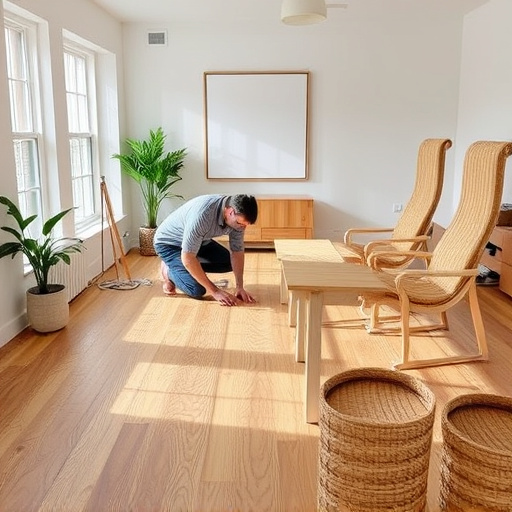
In an era where technology is rapidly transforming our daily lives, an office remodel should incorporate smart design elements to future-proof your workspace. When planning an office remodel, consider integrating advanced technologies that enhance productivity and create a dynamic work environment. For instance, implementing smart floor replacements with embedded wiring and sensors can streamline cable management and improve overall aesthetics. Additionally, these systems can facilitate the flexibility required for modern work arrangements, allowing for easy reconfiguration of functional spaces.
Beyond floor replacements, smart design involves utilizing technology to optimize natural lighting, temperature control, and air quality. Automated window treatments, IoT-enabled thermostats, and advanced HVAC systems contribute to a more comfortable and sustainable workplace. Furthermore, incorporating digital displays, interactive whiteboards, and collaborative tools fosters remote work capabilities, ensuring your office remains competitive in the ever-evolving business landscape. This tech-savvy approach not only elevates the physical space but also positions your company as a forward-thinking organization in the realm of home renovation.
An efficient office remodel goes beyond aesthetics; it’s about fostering productivity, enhancing collaboration, and accommodating future needs. By adopting a human-centered approach, optimizing space utilization through thoughtful layout and ergonomics, and integrating technology thoughtfully, you create a workspace that not only meets but exceeds the expectations of your team. These key design principles ensure your office remodel is not just a change in physical surroundings, but a catalyst for organizational growth and success.



